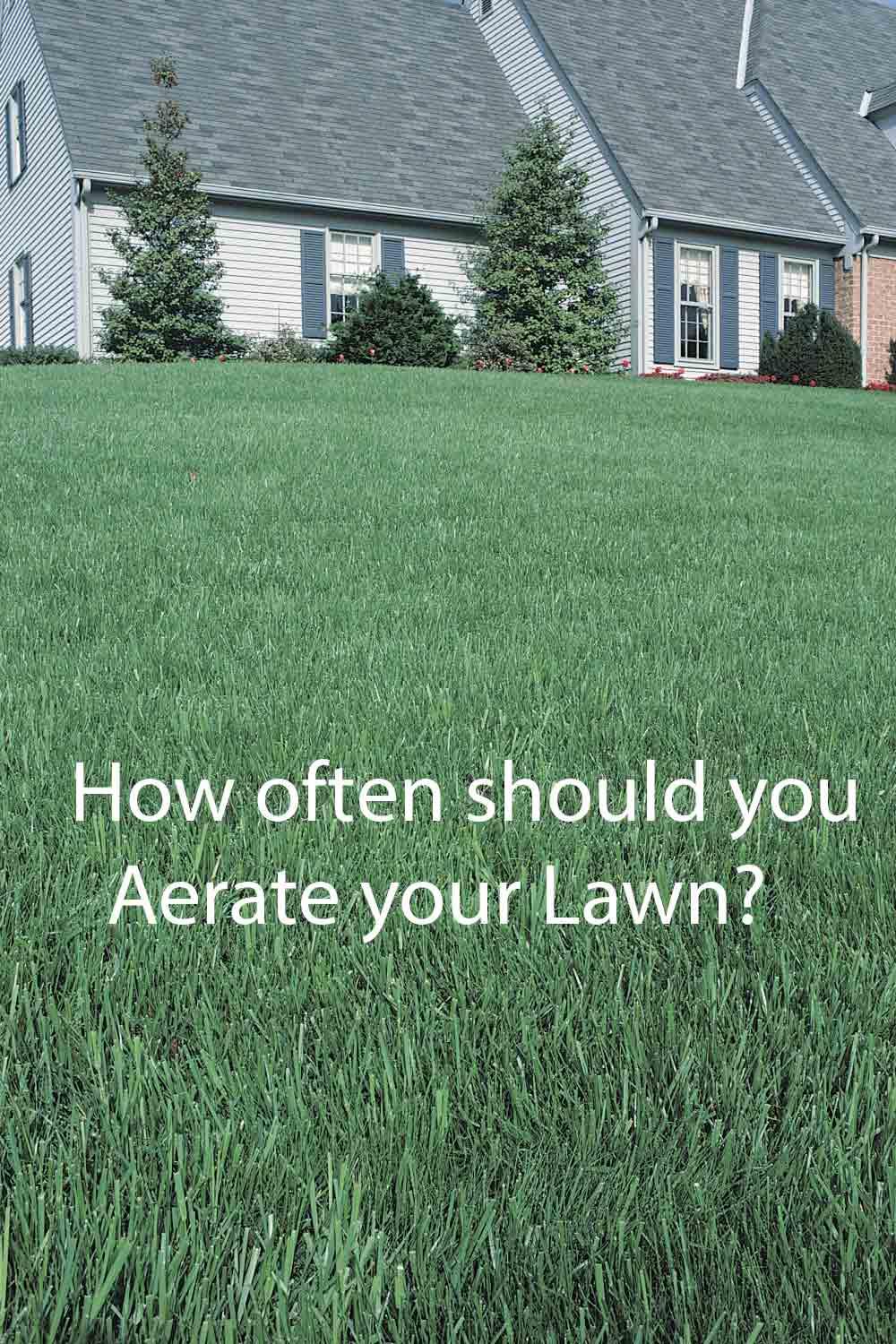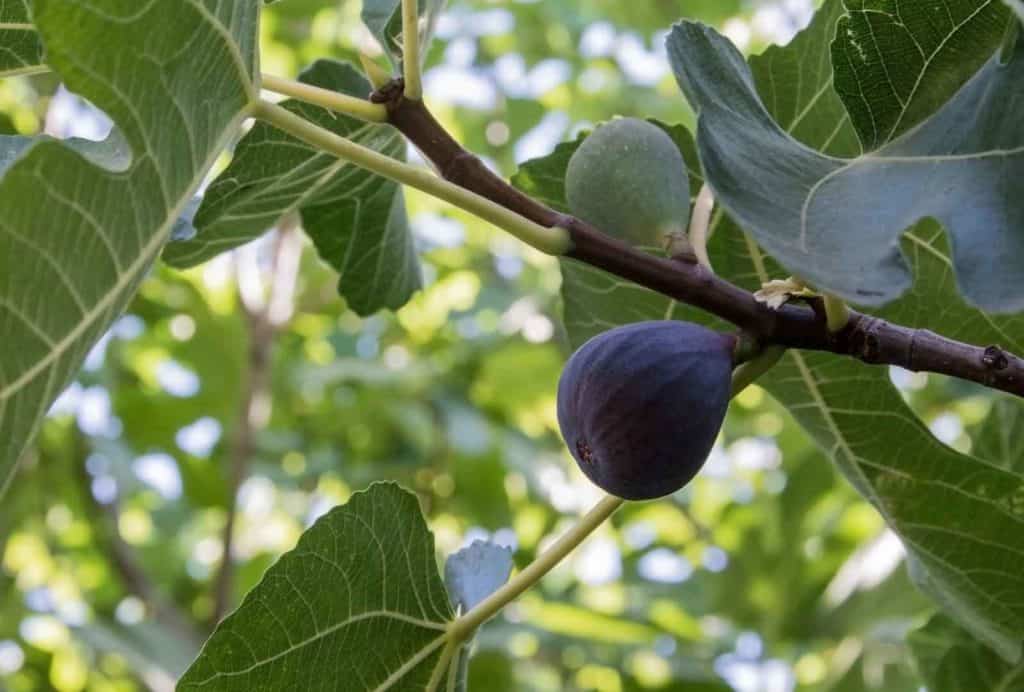Making an effort to maintain a healthy lawn can be very rewarding, but also very frustrating. It takes some work to achieve a beautiful lawn.
There’s so much more to a gorgeous lush lawn than simple roots and soil. Most homeowners know that, and they do their best to mow, water, and fertilize their lawn when needed.
But, not many people are familiar with aeration, when it is, in fact, one of the most important lawn care tasks. When it’s done properly and timed well, aeration can greatly benefit your lawn.
Contents
What is Aeration?
For the grass in your yard to grow strong and thick, it needs water, air, and nutrients. For your lawn to be able to breathe properly, it has to have enough space to do so, naturally.
But, over time, the soil beneath the grass becomes compacted, so air, water, and nutrients cannot penetrate the surface properly. The grass on your lawn drinks and feeds through its roots. It will starve if there are nutrients available.
Moreover, grass roots actually grow in between the gaps in the soil, not in the soil itself. If there are no gaps, the roots may not take hold. They need to use much more energy to break through dense soil.
To prevent all of this from happening, you need to puncture holes into the lawn. If your lawn has already been affected by some of these issues, this will help it return to a healthier state. That’s the essence of aeration. Another way is top dressing your lawn that will also help you to enhance grass growing and provide enough aeration.
Aeration is also great for preventing surface runoff. If the soil is heavily compacted, it will lose nutrients each time it rains. When the soil becomes compacted, it cannot absorb water. The water will then wash away all the vital nutrients along with the topsoil.
If your lawn is healthy, you should aerate it once a year. If there is thatch buildup and the soil is compacted, you should aerate it twice a year.
Factors That Impact Aeration Frequency
Most often, compacted soil occurs in areas with heavy traffic, such as trails, construction lawns, playgrounds, and sports fields.
In states like Louisiana and Texas, the soil contains a higher amount of clay as well as other dense materials. These materials can cause the soil to become heavily compacted. So, if you live in such a region, you will need to aerate your lawn more frequently.
You also need to aerate your lawn when too much thatch builds up. Thatch is the barrier made of dead grass stems, shoots, and clippings that lies between the soil and the grass blades.
The right level of thatch is very good for the soil. It provides the soil with nutrients. When there isn’t too much thatch buildup, the thatch will decompose on its own.
But, thatch decomposes at a slow rate. If it keeps building up at a faster rate, there will always be a thick barrier of thatch on your lawn.
This will block the air and the water from passing through. More frequent aeration is necessary when the layer of thatch on your lawn becomes too thick.
How to Tell If the Soil Is Compacted
Detecting when the soil is compacted is relatively easy, as long as you know what to look for. Be on the lookout for these signs:
- Puddling;
- Trees with shallow roots and plants with stunted growth;
- The soil has a reddish tint;
- Water runs down from high areas;
- Rock hard soil that is very difficult to penetrate;
- Bare areas and spots with patchy grass (a sign that the grass can’t grow because oxygen and water cannot reach the roots).
If none of these signs are present and your lawn is green, healthy, and thick, the soil is probably in good shape. Until conditions change, you should aerate your lawn once a year.
How to Tell If There Is Too Much Thatch
Simply take off your shoes and walk on your lawn with your bare feet. If the grass feels bouncy and spongy, there is too much thatch. If it is soft but firm, your lawn is healthy.
You can determine the thickness of the thatch with your hands and fingers as well. If you can press your fingers more than a half-inch into the thatch, there is too much of it.
If you are still uncertain, you can dig up a small chunk of turf and see how thick the thatch is. If it’s more than half an inch, it’s too thick. If the thatch is not accompanied by compacted soil, you can simply rake it.
However, if the thatch is too stubborn, or if you just want an easier solution, you can rent a power dethatcher from your local lawn care center. You will need to aerate your lawn if the thatch is too thick and the soil is compacted.
When Should I Aerate My Lawn?
The best time for aeration depends on the type of grass you have growing in your yard. Generally, it’s best to aerate the soil right before the high growth season.
If you have cool-season grass, such as creeping red fescue and perennial ryegrass, you should aerate your lawn at the beginning of fall or spring. If you have warm-grass growing in your yard, such as zoysia and Saint Augustine, you should aerate your lawn in late spring.
To most of us, all grass looks the same. So, if you are having trouble with this step, this guide and this guide can help you identify the type of grass you have.
The roots will be able to take the most advantage of the nutrients and the water if you aerate your lawn during the growing season. As the roots grow, they will help the lawn recover.
With some types of grass, spring and fall work equally well. However, if you have a choice, it may be better to go with fall when the temperatures are cooler.
By aerating your lawn in spring, you may create an ideal home for weeds to grow. One way to combat a weed infestation is by overseeding, and you will not have to use that weed eater so often. After your lawn has been aerated leave it for a while before cleaning up and let the air get in everywhere. After that, it will be safe to use a lawn sweeper to clean up the mess left on the grass.
Aeration and Overseeding
To overseed your lawn, you need to plant grass seed on existing turf without tearing up the soil. This is done to get rid of weeds permanently as well as to maintain a lush and healthy lawn. It’s also a good way to restore areas of thinning turf.
Overseeding and aeration go hand in hand. By opening up your lawn, you’ll give the new seeds a perfect place to germinate. So, if you plan on aerating your lawn, consider using the opportunity to overseed your lawn.
What Equipment Do I Need?
You’ll need to get an aerator. This specialized piece of equipment should be available for rent in your local home improvement store or lawn care center. (And a wheelbarrow to move everything around with ease.)
However, if you have a particularly big lawn, or if you need to aerate often, it may be a good idea to buy one. There are 3 main types of aerators:
Plug aerators: They are also called core aerators. This type of aerator is the most effective. A plug aerators uses hollow tines.
They create a channel for air, water, and nutrients by pulling small plugs of soil out of the ground. The aerator then discharges the soil on the lawn. The soil should be left there to decompose and add nutrients back to the lawn.
Plug aerators come in many shapes and sizes, from manual, handheld tools to tow-behind mower accessories and gas-powered commercial machines. Most lawn care professionals prefer to work with plug aerators.
Slicing aerators: A slicing aerator has rotating blades that slice through or cut down into the soil. By doing so, it creates pathways for nutrients, water, and air. However, it leaves the soil in the ground. Slicing aerators are more affordable than plug aerators, but they are less effective.
Spike Aerators: A Spike aerator pierces holes in the ground to break up the compacted soil. Such aerators come in the form of rollers, pitchfork-like handheld tools, and even shoes. Although, many spike aerator shoes are just a gimmick.
Spike aerators are simple and easy to use. They are also the most inexpensive type. However, they aren’t as effective as other types of aerators.
Moreover, if you don’t use a spike aerator properly, it can cause the opposite of the desired effect. They can press the soil together and thus make the compaction even worse.
How to Aerate Your Lawn
No matter what type of aerator you choose to use, aerating is a pretty straightforward process.
First, you need to make sure the soil is moist. You can aerate your lawn on a rainy day or water the lawn a couple of hours ahead of time.
To avoid accidents, you should mark plumbing, shallow utility lines, and sprinkler heads before you get to work. Then, you can go over each section of your lawn with the aerator.
If you haven’t aerated your lawn in a long time, or if the soil is significantly compacted, go over it twice. Go in a different direction on each pass. Water generously once you are finished. To help the grass recover, you can apply a fertilizer.








